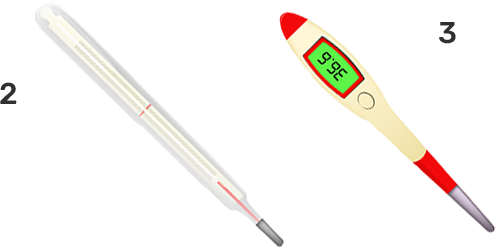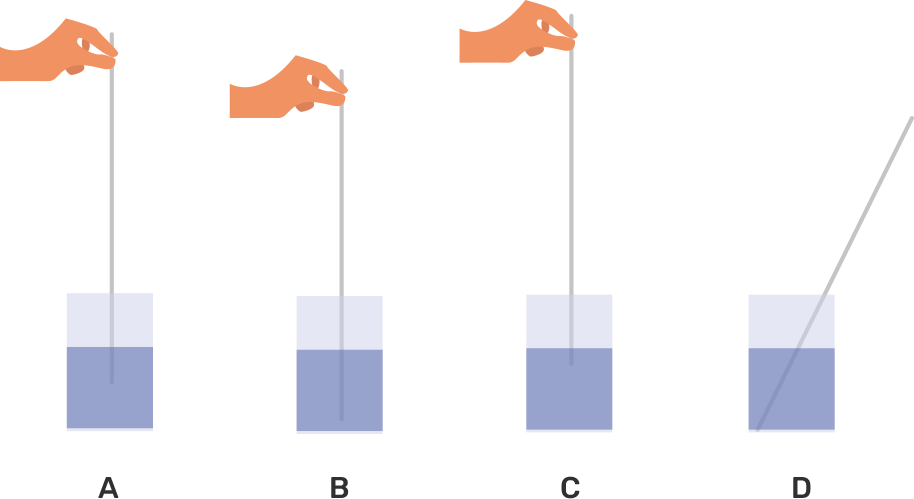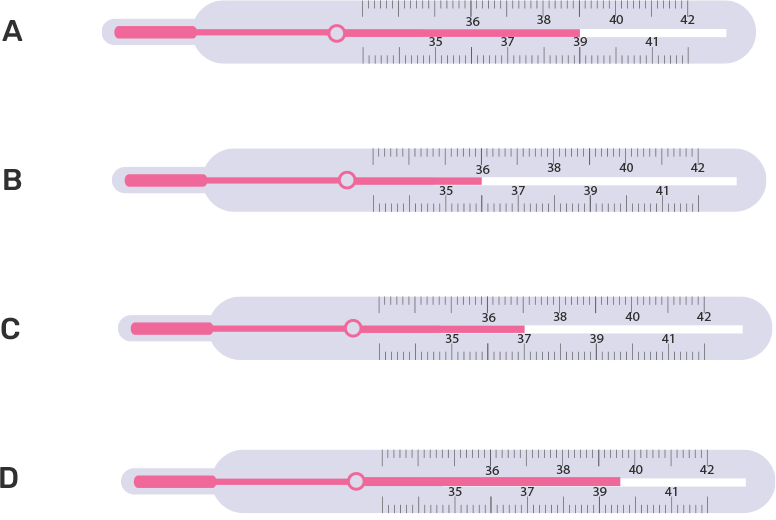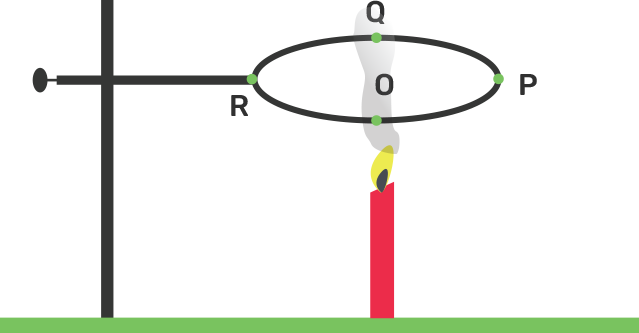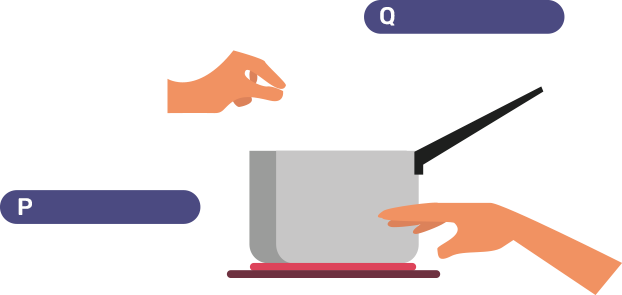Class 7 Science NCERT Exemplar Solutions Chapter 4 Heat
FAQs on NCERT Exemplar for Class 7 Science Solutions Chapter 4 Heat
1. How to download the Class 7 Science NCERT Exemplar Solutions Chapter 4 Heat?
Vedantu is the best educational platform from where you can download the Class 7 Science NCERT Exemplar Solutions Chapter 4 Heat. You can visit Vedantu or download our mobile application from the play store or app store to get free access to the pdf file of Class 7 Science NCERT Exemplar Solutions Chapter 4 Heat. Vedantu also provides study material for all the Class 7 subjects. Once you sign up with Vedantu, you can download as many of these study resources as you need to aid you in your exam preparations.
2. What is Class 7 Science NCERT Exemplar Solutions Chapter 4 Heat?
The Class 7 Science NCERT Exemplar Solutions Chapter 4 Heat is a reliable revision material you can use to prepare for your exams. The pdf file of the Class 7 Science NCERT Exemplar Solutions Chapter 4 Heat contains questions with their detailed answers to help students gain more knowledge about the concepts of heat. All the questions available in this pdf will give you an idea of the type of questions that come in your Science exam so that you can prepare accordingly.
3. How will the Class 7 Science NCERT Exemplar Solutions Chapter 4 Heat help me?
The Class 7 Science NCERT Exemplar Solutions Chapter 4 Heat will provide significant assistance in your revisions. It comprises the answers to the most important questions of the chapter. All these answers are explained in simple language to help you understand the concept easily. The Class 7 Science NCERT Exemplar Solutions Chapter 4 Heat will also help you predict the types of questions that may come in your exam. The questions and answers are based on every topic that comes under the Class 7 Science Chapter 4 Heat.
4. What is the significance of Class 7 Science NCERT Exemplar Solutions Chapter 4 Heat?
The Class 7 Science NCERT Exemplar Solutions Chapter 4 Heat is quite important for all the students. Chapter 4 Heat holds high weightage in your exam. That is why you need as many questions as you can get to revise and practice the concepts of the chapter. The Class 7 Science NCERT Exemplar Solutions Chapter 4 Heat pdf contains a lot of important questions that you can use to practice and get a better understanding of the chapter and related concepts.
5. Can I rely on the answers in the Class 7 Science NCERT Exemplar Solutions Chapter 4 Heat?
Yes, you can entirely rely on the answers in the Class 7 Science NCERT Exemplar Solutions Chapter 4 Heat. These answers are curated by Vedantu’s experts to provide you with accurate solutions to the important questions from the chapter. You can refer to these answers and learn more about the concepts related to Heat. The detailed explanations will improve your knowledge and give you an idea of how to write answers in your exam. You can start your exam preparations with the Class 7 Science NCERT Exemplar Solutions Chapter 4 Heat and score well in your exams.

























